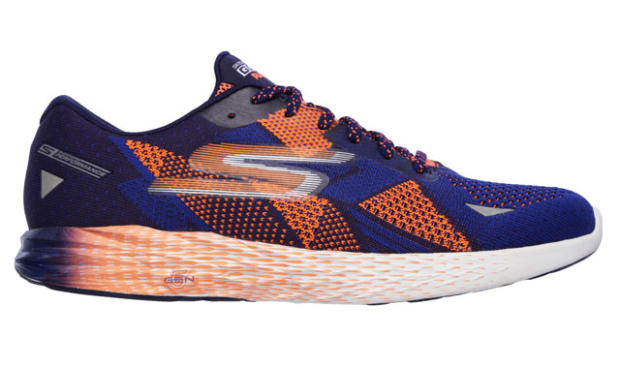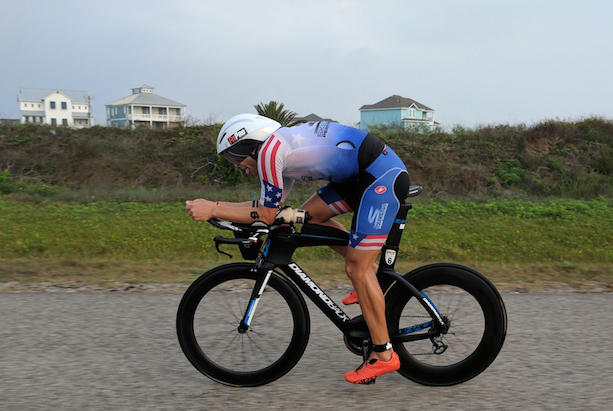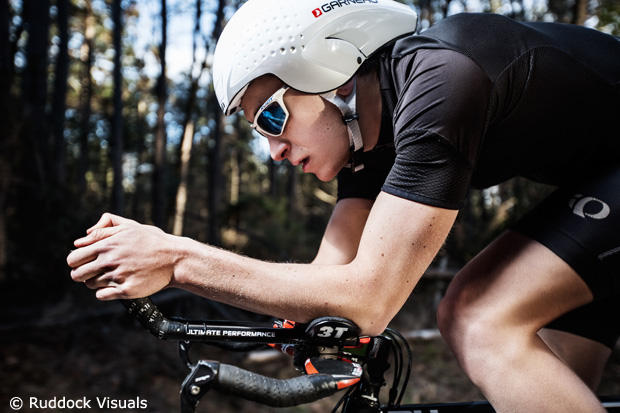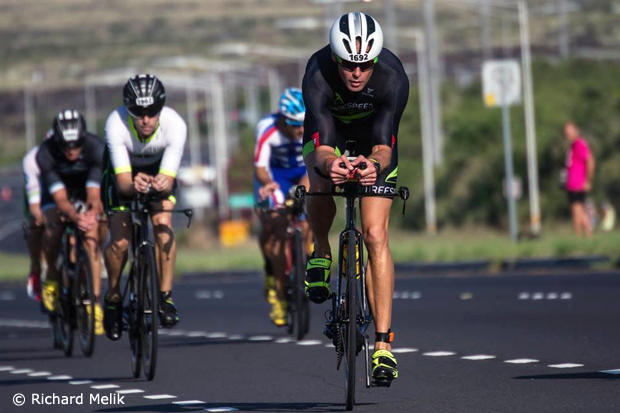Is Skechers for Real?
How many times have I been asked, “Is Skechers real?” Plenty.
I always answer yeah, I think it is, but then I remind myself that the guy who built Skechers formerly built L.A. Gear, the billion dollar company that, as a performance brand, rose like a skyrocket and fell like Icarus.
But, then, thoughtful pros like Cody Beals and Matt Russell either did or do run in them. The fact that specialty run retailers haven't yet en masse planted a big sloppy kiss on Skechers doesn't mean the shoes don't rate respect.
So I had a talk with Kurt Stockbridge, who is VP of Development for Skechers Performance. I didn’t ask him any business questions. He’s a shoe dog. Which is a good start.

SLOWTWITCH: How did you come to Skechers? To this division?
KURT STOCKBRIDGE: I was with Nike 18 years making performance footwear. At that time Nike people were not too fond of Skechers people. I was asked by Skechers to, “Come on down to Manhattan Beach.” [Where Skechers is based.] I was impressed with the team right away. They wanted to start a performance division. It seemed they could use my leadership. That was interesting to me. I went for it. I’ve always had a thing for L.A.; I love the weather, my wife’s from California. But first, what is the plan? I was impressed with David Raysse, senior VP of design [at that time]. So, yeah, let’s do this.
ST: What was the plan?
KS: We started with running footwear right away. We have a soft spot for running. That’s where the action is. We started with a couple of running models; to be quite honest we did’t know exactly what we wanted to stand for. Then a book called Born To Run showed up.
ST: How did you start?
KS: None of us were marathon runners. We weren’t triathletes, we needed help, we needed to talk to runners. That’s what we did. We started to form relationships with runners in Manhattan Beach [Skechers headquarters], ultra runners, marathon runners. We knew we could make a better shoe because we were footwear guys. We had to find a niche. We could serve the needs of runners. From the very beginning we realized that. There were some headwinds with “Skechers making running shoes?” So we had something to prove, but we believed in ourselves. That fueled the fire. The first shoe was the Go Run, a lightweight shoe.

ST: I think you may have answered this in what you just said, but let’s take Newton. It’s a natural running shoe, deemphasizing forefoot cushion, emphasizing the connection to the ground. Then you have Nike, and you’re familiar with its Air pedigree, with the Air Mariah, Sock Racer, that translates forward to today's Flyknit, and you do have cushion in the forefoot. Hoka as well. I see a line of technical demarcation here. On what side of this line does Skechers sit?
KS: Okay, so, I don’t know that we look at it that way. I don’t want that to sound like a BS answer. When we first started we were doing this barefoot thing, natural movement thing, which we believe in, Hoka is doing the opposite, other companies are in between, just shows you that all runners' problems aren't the same. They view the solutions differently. That was our opportunity, but we had arguments here. With the GOrun. We really drank the Kool Aid.
ST: Pardon, the Natural Running Kool Aid?
KS: Yes. We tread lightly. We felt we just need to stay here. I will tell you this: That is in our DNA, with everything we do. We also have a stability shoe. But it’s one that has natural mobility to it. In the upper. You can make a lightweight stability shoe that is flexible. We still try to focus on comfort. How smooth it is. How quiet it is. Those are barefoot principles that go into all our shoes, even our heaviest, they have that DNA.
ST: How does that translate to construction?
KS: We focus on the bottom, not the upper. We do not believe in overlays. We understand structure, that it has to be spread out over the shoe. The higher we go up on support, the more the cushioning. But we don’t focus on heel and forefoot, all our shoes are between 4mm and 6mm drop. We believe in midfoot strike. We feel our shoes transition more smoothly. But cushioning is changing for us. Our middle road shoes like GOrun Ride, we have more cushion than the Run and the Speed, and we’re going to offer more cushion than before. Our foam is getting lighter. If we can offer more cushion, a more smooth and enjoyable run, same weight, that should be a better shoe.
ST: Hoka has a midsole that wraps the upper. No medial posting, no plastic insert, but kind of a stealth structure or guidance narrative in the design of the shoe. Then you have the Saucony Freedom motif which is basically no guidance at all.
KS: To some extent we believe in guidance. We talk about our GOrun as a shoe you can forget about. The upper stretches, the bottom flexes, it’s for an efficient runner. But a couple of shoes up we’re looking for a different approach. We do have guidance built into the midsole – not the upper – it’s rather passive. If you localize structure, putting blocks of material in the shoe, it tends to interrupt the flow of the shoe.
ST: What else can you say about your design imperatives for tech running? Major themes? What is most important to your designers?
KS: My take: We are real. I’ll tell you why. One area where we’re different, we’re focused on the athlete. We all talk that way. We don’t have external factors. I can pick up any shoe from any brand, I can read it. They did this for that marketing angle. Doesn’t make any sense. But each of our shoes is intuitive. It is about minimalism. It’s not expressed just in light weight, but in the shoe’s components. Our Senior VP of Design keeps pushing: “We need to try to get to two components, the upper and midsole." The more you put in [the shoe], the less natural it feels. We don’t struggle to say what we are and what we represent. In our shoes you can see it. We are not following. Our Meb Razor [shown here]. There’s no other shoe out there like it. Talking to Meb, “Kurt, this is what I need. I’m looking for a lightweight trainer that is fast, has some cushioning too.” It doesn’t come from a marketing program, to sell shoes, "let’s put in a plastic counter." Any shoe we produce, I can tell you the names of the runners who gave us that idea.
None of us making shoes, we don’t talk about sales much. I just know how to make great shoes, and how to talk to athletes in order to get out of them what they want in a shoe. Whether Meb or Kara Goucher. My favorite part is going to marathon expos and talking to runners. I get energy from that. I’ve been in the business too long to do anything but to make something authentic.





Start the discussion at slowtwitch.northend.network